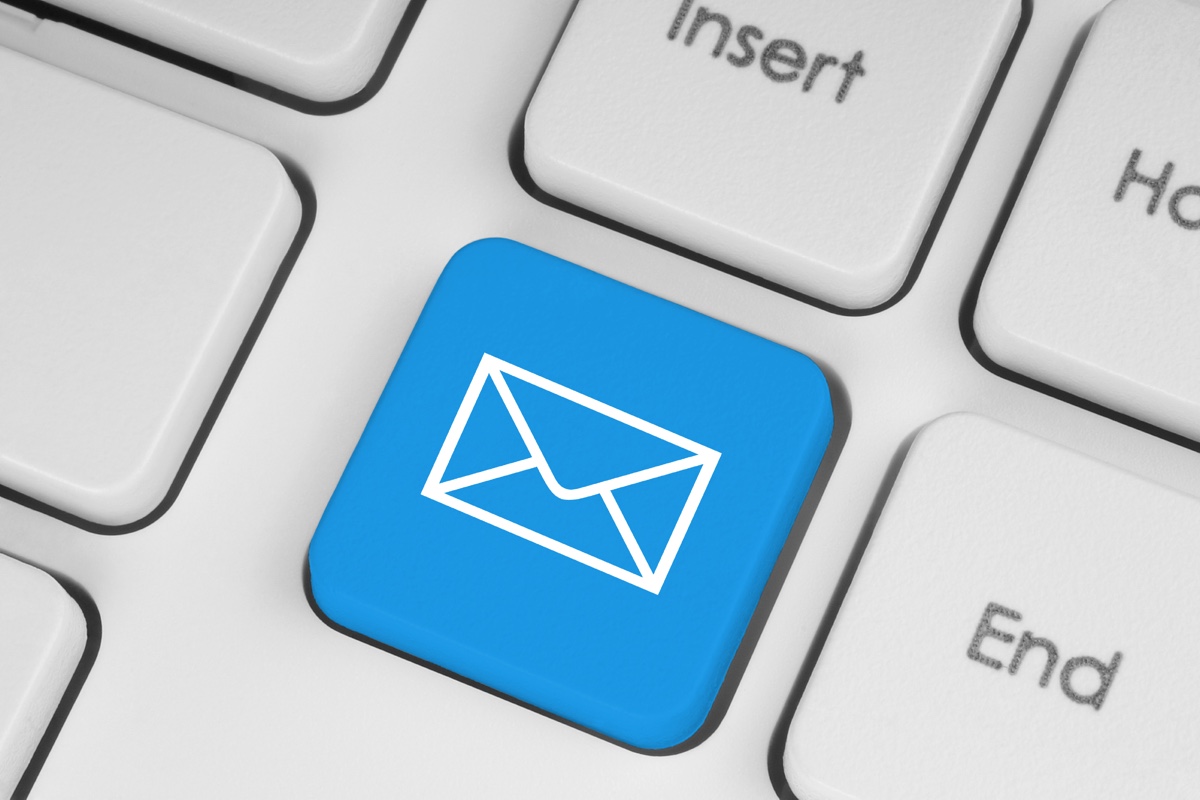A hundred years ago, keeping a list of the six most important things you needed to do that day was a revolutionary idea. Then came calendars, diaries, journals, and planners to keep everything in one place. Now, your personal productivity system is a suite of applications and services that work together.
Sometimes, two apps will integrate seamlessly. iOS 8’s share sheets are a huge help here, because you can easily pass information to another app that supports it. Want to clip the selected text to Evernote? Read an article later? Remember to do something later? You’re just a few taps from being done.
Unfortunately, some apps either haven’t been updated to use share sheets, or the app developer wants to keep you in their walled garden. Fortunately, many popular services have an email address you can use to send information to yourself from anywhere you can send an email. If you use any of these services, you should keep these email addresses on hand.
-
Evernote. Did you know you can add notes to Evernote by email? Check in your account settings for your personal email address to send email to your notebook.
Not only can you compose new notes via email and manually forward messages to Evernote, you can also have services email you at that address. This lets you send reports, bills, bank statements, and email receipts straight to Evernote, skipping your Inbox entirely. Each one is one less email you have to triage to get to Inbox Zero.
-
OmniFocus. If you use OmniGroup’s free Omni Sync Server service to sync your OmniFocus tasks, then you have another powerful feature: OmniFocus Mail Drop. Just sign into the web interface to create your Mail Drop address.
Now you can create a task anywhere you can send an email. The subject becomes the task’s title, and the body is stored in the notes, including any attachments.
-
Pocket. Instead of leaving a browser tab open to read an article later, I’ll add it to
Read It LaterPocket. Pocket has a browser extension for Safari and Chrome. The iOS app has a sharing extension, so you can easily add an article to read later from most apps. Even if an app doesn’t support share sheets, you can still email the link to Pocket.Unlike Evernote and OmniFocus, everyone uses the same email address for Pocket: add@getpocket.com. The first time you save a link, Pocket will email you back and walk you through how to register your email address (it’s easy). Then you can send as many links as you want, and they’ll be waiting for you the next time you open Pocket.
-
Buffer. Buffer lets you post to Facebook, Twitter, and LinkedIn, either now or sometime in the future. Like Pocket, you can buffer posts from a browser extension, a share sheet, or by email. Just sign into your account to look up your personal buffer email address and start posting. (If you’re posting to Twitter, you’ll have to count to 140 yourself.)
-
TripIt. Any time I travel, I put my itinerary into TripIt. It keeps airline reservations, hotels, and rental cars together in one place. The best part? It’s all automatic. When you get an email confirmation after booking, forward the confirmation to plans@tripit.com. The details will be automatically added to your upcoming trip. It’s very frictionless, and kind of magical.
Want a head start adding these to your contacts? Just download the vCard below. Pocket and TripIt have standard addresses, so those addresses are filled in. The other have a link to the web site where you can look up your personal address. You’ll have to add those addresses yourself. (Some things, you have to do yourself.)
Get vCardNow, any time you want to send something to one of these services, just start a new email and start typing “send to”. Pick the service from the list, and the rest will be taken care of automatically.
Question: How do you use email to integrate a service into your workflow? Share your thoughts in the comments, on Twitter, LinkedIn, or Facebook.

